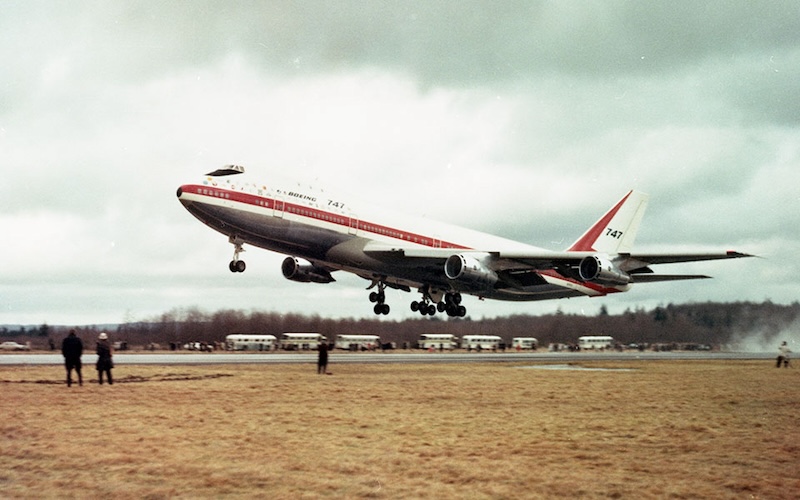Today's my birthday, but do I take the day off from garnering reading matter from the furthest corners of the Internet? Of course not! It beats working, from which I have taken the day off 
Happy invoicing!

- The Snowdrop: Lost In the Arctic - Paul Brown relates the saga of the Snowdrop, a Dundee whaling vessel lost in 1908: ”Far across the North Atlantic, on a frozen peninsula in the Arctic Archipelago, the men of the Snowdrop were still alive… To survive, they would need to rely on the skills and generosity of native Inuit families, and the determination and bravery of a young seaman who would set off on an epic journey to escape the Arctic and find help.”
- Bodies found in Neolithic pit were likely victims of ritualistic murder - Uncovering a grisly human sacrifice: ”The remains of the three women were found in Pit 69, a structure aligned with the summer and winter solstices… The unusual positions imply a forceful, deliberate placement, according to the authors, suggesting they died in the pit rather than being tossed in after death. As for the cause of death, the archaeological evidence combined with recent forensic studies suggests ‘homicidal ligature strangulation’ and ‘forced positional asphyxia’—at least for two of the three women.”

- Humans and their livestock have sheltered in this Saudi Arabian cave for 10,000 years - Slightly less disconcerting evidence of our ancestors: ”An excavation near the entrance of one cave produced more than 600 animal and human bones and 44 stone-tool fragments. The oldest stone tools dated back to as many as 10,000 years ago, and the oldest human bone fragments were almost 7,000 years old.”
- Fuze, Proximity, Cutaway - ”This proximity fuze is typical of those used in artillery shells in the later stages of World War II. The casing of this Mark 58 fuze has been partly cut away to display the microelectronics in the interior, and classified components have been removed.” HT to DoctorStrangelove for this, and the following additional resources: Proximity, Mk 32 Mod 0-40 and VT Fuzes For Projectiles and Spin-Stabilized Rockets - OP 1480 - the last of these complete with circuit diagrams, should you fancy having a go at making one

- The Cloud Under the Sea - ”The internet is carried around the world by hundreds of thousands of miles of slender cables that sit at the bottom of the ocean. These fragile wires are constantly breaking — a precarious system on which everything from banks to governments to TikTok depends. But thanks to a secretive global network of ships on standby, every broken cable is quickly fixed. This is the story of the people who repair the world’s most important infrastructure.” A bit heavy on the scrolling interactions, but a fascinating look at the people and ships that keep the underwater network up and running

- Israel, Nuclear Weapons and the 1973 Yom Kippur War - HT to DoctorStrangelove again for this bit of history that one hopes won’t become relevant in the near future: ”Ever since the 1973 Yom Kippur War, for some four-odd decades, there have been outstanding and lingering questions on the war’s nuclear dimension. What exactly happened in Israel on that front during the war? How close really was Israel to the nuclear brink? If indeed Israel conducted nuclear-related activities on the ground, as is commonly believed, what was the purpose and the target of those activities?”
- A look at the Russian military's war dolphins - Flipper has been co-opted by Putin: ”Russian forces moved trained dolphins to a harbor at the entrance of Sevastopol in occupied Crimea at the start of the full-scale war… The dolphins are likely used to patrol the area looking for Ukrainian divers sent to spy, to protect ships against Ukrainian divers planting mines attached by magnets, and to collect military equipment that has fallen on the seafloor.”

- Powering down: end times for the UK’s final coal-fired station - ”For more than half a century Ratcliffe-on-Soar has burned millions of tonnes of coal to generate the electricity needed to power the British economy. But one by one Britain’s coal power stations have closed, leaving Ratcliffe the sole survivor. In less than six months it, too, will finally power down for good, extinguishing the last embers of the once-mighty coal industry.” Best view I ever had of this regional landmark was from a Saab 320 turboprop as it flew a low curving path around it giving me a look down into the cooling towers, as it was coming in to land at East Midlands Airport at night

- Zilog Calls Time on the Venerable Z80, Discontinues the Standalone Z84C00 CPU Family - End of an era for lovers of the Spectrum, Amstrad CPC, and many other early home computers: ”Zilog has announced it is halting production of its standalone DIP-packaged Z80 CPU models — a move that could spell trouble for vintage computing enthusiasts looking to build Z80-based systems or repair existing machines with new parts.”

- 747-8 - Those who bother to decipher the Roman numerals will have realised that this is Monday Links 747, so here’s a bunch of stuff about the Jumbo Jet to mark the occasion: ”The historic 747, dubbed the ‘Queen of the Skies,’ revolutionized air travel as the world’s first twin-aisle airplane and enabled more people to fly farther, faster and more affordably than ever before. Marked by its distinctively recognizable hump, this iconic airplane is a symbol of great engineering, innovation and often noted as an outstanding work of architecture.” This is its maiden flight, on February 9 1969


Happy invoicing!






Comment